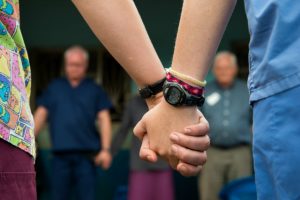My friend hasn’t been feeling well, so she called her doctor. She will be seeing her practitioner at the end of next week. American doctors are busy—they see about 25 patients per day, and that was the first appointment available.
An LCMS Mercy Medical Team generally holds five or six clinics during each trip, and over the course of the week provides medical care for between 2,000 to 4,000 patients. In March, a team in Madagascar set a new record for our trips there—533 patients were treated in one day. How do we do that? How can we provide quality medical care to so many patients in such a short amount of time?
Short answer? It’s a carefully planned and choreographed process, almost like a dance.
Longer answer? There’s a system in place for that. Let me run you through a typical day at clinic.
The team arrives at the clinic site, usually a Lutheran church or school. It’s generally very rural, and probably doesn’t have electricity. It might just be an open air pavilion. People are waiting—many walked five or ten kilometers in search of medical care. A local Lutheran pastor welcomes everyone, and the team leader says a few words. There is a devotion, a prayer, and a hymn. As people wait to register, it seems like the line stretches farther than you can see.
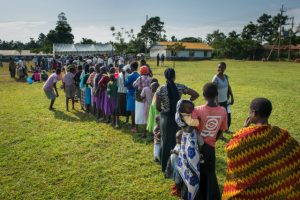
Patients visit a registration station. A team member greets each person, takes down his name and age, and assigns him a number. Each patient is given a medical chart with his information on it. Next, each patient receives a basic intake examination. Vitals—weight, blood pressure, temperature, etc.—are recorded on the patient’s chart.
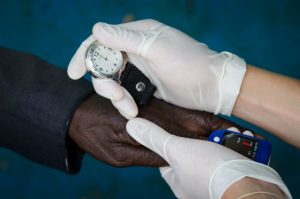
Each patient then moves on to a triage station. A registered nurse, with the help of a translator, determines the chief complaint. What brings you here to us today? The information is recorded on the chart, and the patient moves on to see a practitioner. The doctor examines each patient, and provides a diagnosis and treatment plan.
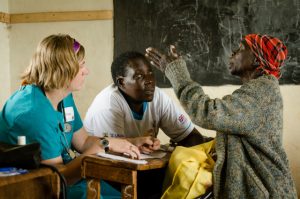
The patient then takes his chart to the pharmacy. Each team brings a fully stocked pharmacy, and fills prescriptions as needed. Translators make sure everyone understands any follow up instructions and medication schedules. Depending on the location, there may be additional stations, providing immunizations, HIV testing, or other health related services that were requested by the community.
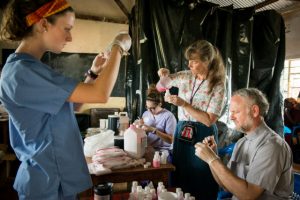
In the center of it all, the team leader is like a music conductor, encouraging one station to work a little faster, holding a few patients back at another to prevent a jam, or jumping in to help where it’s needed most. Children are laughing and playing games. Some patients visit, or pray together, while others are too sick, and sit quietly waiting their turn.

By the end of the day, the light is fading and the team is tired. Sometimes a team is finishing up paperwork by the light of their cell phones. Occasionally, we have to turn patients away. It breaks our heart, but sometimes the need is simply too great. Hungry and tired, the team packs up and gets ready to return to their lodging—sometimes two or three hours away over unpaved, bumpy roads. We’re tired, but ready to set up and do it again the next day.
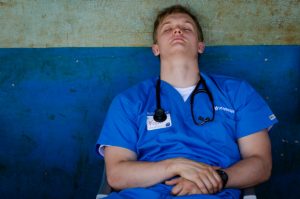
In summary? I’m still not sure how we treat so many patients during our clinics. All I know is that God makes it happen. His hurting people show up, and He uses our team members’ hands, heads, and hearts to heal them, body and soul. Praise the Lord!
Can you picture yourself serving at a Mercy Medical Team clinic? I’d love to talk about it. For more information, visit lcms.org/mercyteams, or email me at tracy.quaethem@lcms.org.